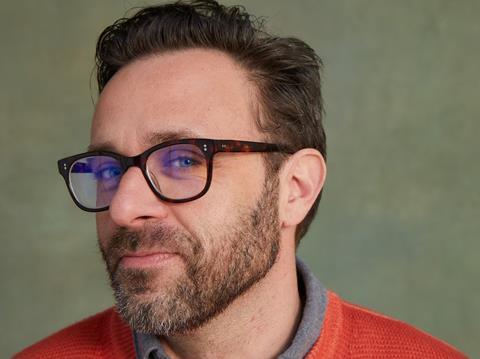The properties that make plastic so appealing for packaging – strength to weight ratio, durability, malleability, sterility and clarity are also those that have the potential to make it such a sustainability nightmare. But that doesn’t have to be the case, says Andrew Capper, Creative Director of Echo.

The war on plastics has created a pervading view that plastic, in all its forms, is bad. This lacks nuance and understanding of both the macro and micro challenges we face. It’s not the existence of plastic that is the fundamental problem (cue sharp intake of breath). It’s what we humans do with it is where the real problems lie. It’s what we make from it. It’s the supply chain and infrastructure around those products. But the core issue, dare I say it, is our behaviours as consumers.
Infrastructure
Imagine a world where 100% of plastic created is recycled cleanly. Nothing goes to landfill, incineration or is left to bob around the oceans for eternity: we have a closed loop system where every bottle is made into another bottle or something else. Sounds like utopia, right?
The fact is, we have the technology and understanding to achieve this today. The issue is recovering all plastic – and today there are too many breaks in the chain. The collection and recycling infrastructure is not up to the challenge, with few standards and commonality even between local authorities here in the UK, let alone one global standard. The economics of recycling are such that it’s not sufficiently viable to recover and recycling everything, particularly if its plastic that’s not already sitting on a recycler’s doors step. Given the amount of plastic we use and that which is already out there in the system, it’s crazy that it’s still cheaper to buy virgin plastic than it is recycled.
What’s the alternative?
We also need to understand that, if plastics ceased to exist tomorrow, there’s no real substitute. Sure, we’d get by, but there’s a high chance you’d start paying more for the everyday essentials as alternatives would cost more. The materials that would take their place are also not without their own negative sustainable impact.
Yes, paper and board are renewable (if they’re sourced from managed sources or recycled), but they use huge quantities of energy and water in their manufacture. A lifecycle analysis comparing a plastic and paper bag shows the plastic bag uses 71% less energy in its manufacture. There’s also much more chance of it being used multiple times.
We’ve used glass for centuries, but it’s incredibly heavy and takes up more space than an equivalent sized bottle made from plastic. This leads to supply chain inefficiencies and a hike in energy needed to transport it around.
Aluminium is super lightweight and widely recycled. But it takes more energy than any other metal to mine it.
Technology innovation
Chemical recycling for plastics on a mass scale is just around the corner. This breaks down plastics to a molecular level for cleaning and recycling, rather than the current mechanical systems that rely crudely on grinding the plastics into little chips with all the contamination that brings. This should mean that plastics can be recycled and remade again and again without the introduction of virgin material or loss of performance.
In parallel, plant-based plastics will become the norm and make them cost viable for all products.
Our relationship with plastics
Designers, brand owners and manufacturers are already rethinking their relationship with plastic giving over large amounts of time, money, and headspace to the challenge.
Supply chain, closed loop systems, efficient recycling, and mass-scale non-petroleum plastics – we have the technology to deliver all these now. But it’s the human element that will make or break our collective futures. Can we as individuals change our convenient relationship with plastic?
Closed loop systems fail if we are unwilling to do our bit. If we don’t plan and pack our durable water flask, there’s no reason for brands to consider alternatives to PET. The same goes for takeaway cups. If we’re not prepared to add a small extra step into our shopping journey to refill our durable pack, then no amount of innovation is going to help. If we don’t ensure our recycling is separated from our household waste, it doesn’t matter how efficient our infrastructure is. We must vote with our feet, our wallets and most crucially our time.
As a designer, I used to believe insightful creativity would make the transition to new formats and systems a no-brainer. And whilst it reduces the barriers, creating understanding, rewarding experiences, desirability, social currency, and improved functionality, the simple truth is that we have to be prepared to do more.
Plastics are not the enemy, but apathy and inactivity are

















No comments yet